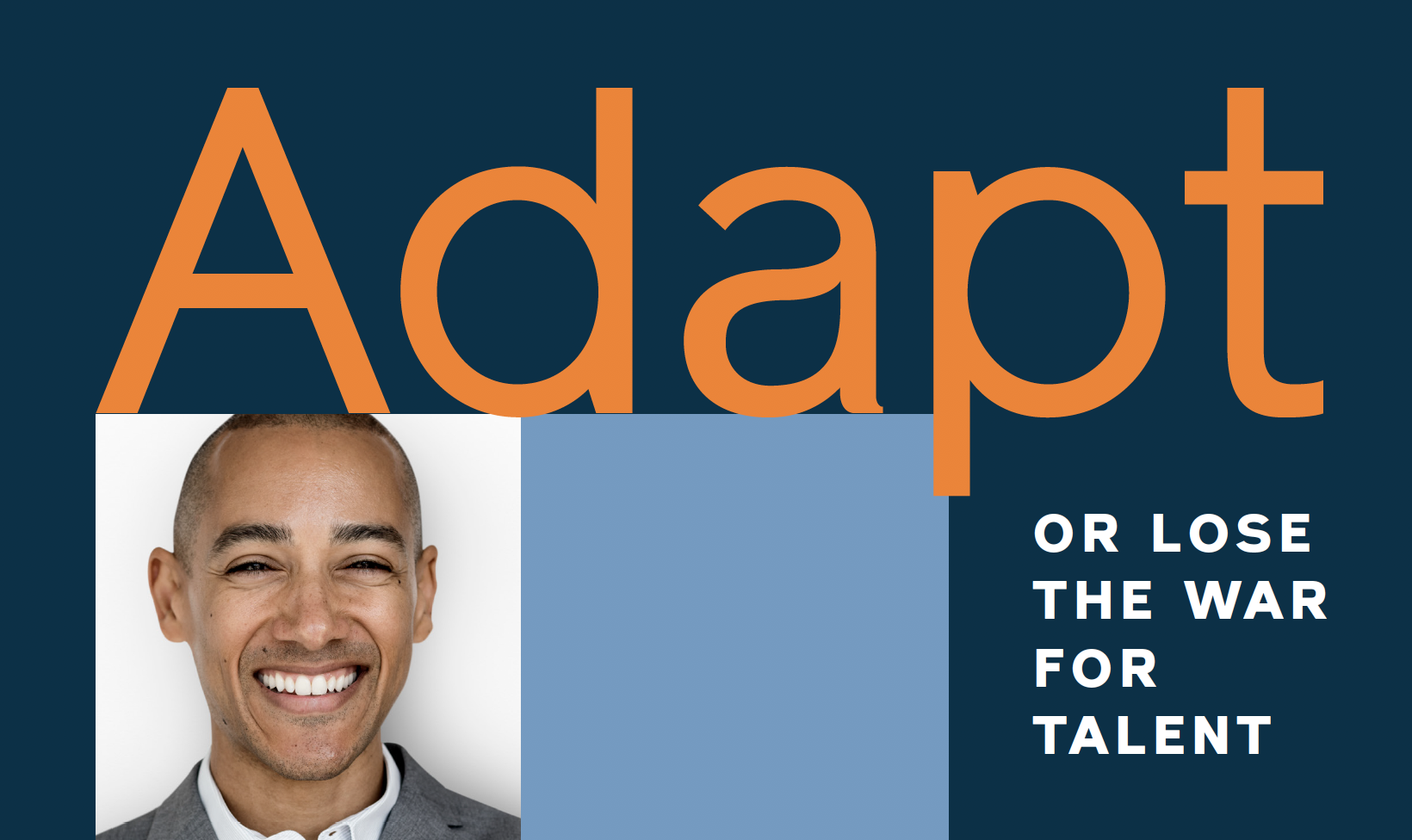
Why do your employees need a mobile and agile mindset?
The future of work, the fourth industrial revolution, agile organizations — all buzzwords and ideas thrown around which all amount to the same thing; the way we work is changing. That change, largely driven by technology, globalization and changing employee demographics, will mean different things to different organizations and even the various employees/teams within an organization. From our perspective, global mobility (whether long or short term assignment, business travel, or rotational assignments) will play a key role in adapting to these changes as organizations rethink how they attract, retain, develop, re-skill and redeploy their talent. But are your employees mentally ready for the future of work – do they have a mobile and agile mindset?
Download the eBook Preparing Employees for the Future of Work: Embracing a Mobile and Agile Mindset
What is a mobile and agile mindset?
A mobile and agile mindset is one that embraces and is comfortable with change. Not just in changing your physical location, which may be required more frequently in the future of work than in the past, but also in changing your day-to-day tasks, team, and possibly even manager on a regular basis.
Employees must be comfortable having less definition around their role and more flexibility in what their career path looks like. In the future of work career progression may not be Associate > Senior Associate> Manager > Senior Manager > Director > Senior Director and so on.
Why do organizations need to help employees to adopt this mindset?
Most of us are trained to think hierarchically, starting the second we enter school. We are taught that as we complete a preset checklist of requirements, obtain a certain level of knowledge or experience, we will naturally advance to the next level. We graduate from college or university and move into the workplace with this same perspective—starting in an entry-level position and working our way up through pay grades and job titles, dreaming of the day we’ll achieve the ‘success’ of Partner or Vice President.
But that’s not how an agile organization necessarily shows—or rewards—career success. In the future of work the traditional org chart will likely be laid aside as flexibility is favored to adapt to changing market needs and demands. For employees that have been in the workforce any amount of time this transition will naturally be daunting and stressful. If employees are not supported, coached, and enabled as an organization transitions towards a more agile framework then you expect to see attrition and performance impacts.
Preparing your employees for looming changes is key
Preparing your workforce for organizational agility will be the responsibility of every team leader within the company, and they must be empowered with the structure and tools to support it. Much of the heavy lifting in this area falls onto the HR organization, who must rethink everything from employee recruitment to new hire training to ongoing reward structures.
Moving your employees to a mobile and agile mindset will start with recruiting, setting expectations during the interview stage, and will naturally follow through to learning and development, reward and beyond.
The key action leaders for leaders today is to identify that there is a gap between where your business needs to be and where it is currently. By discovering what that gap is you can begin the work to establish your structures and tool, and most importantly be able to emotionally support employees on this journey towards agility. Download the eBook to learn more!


